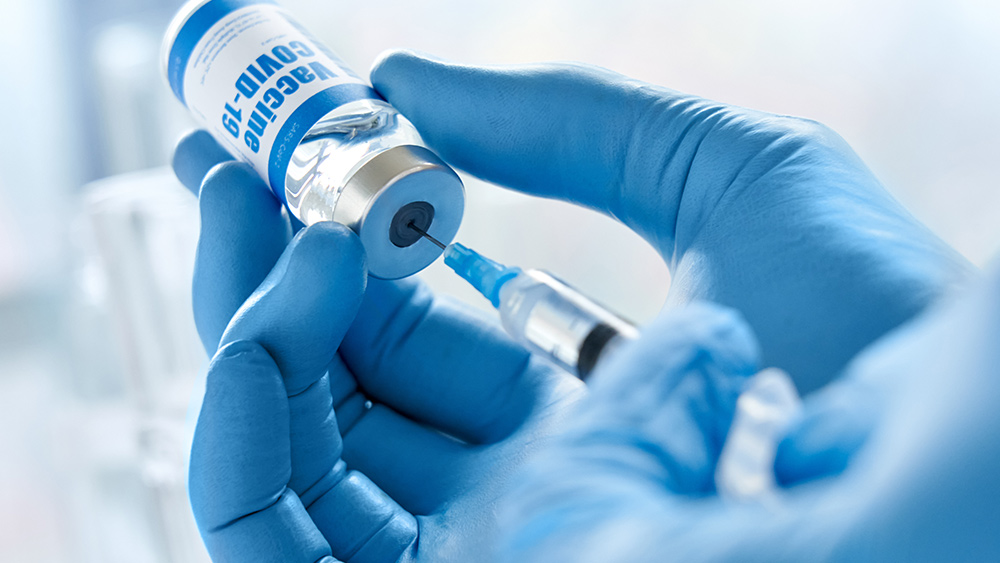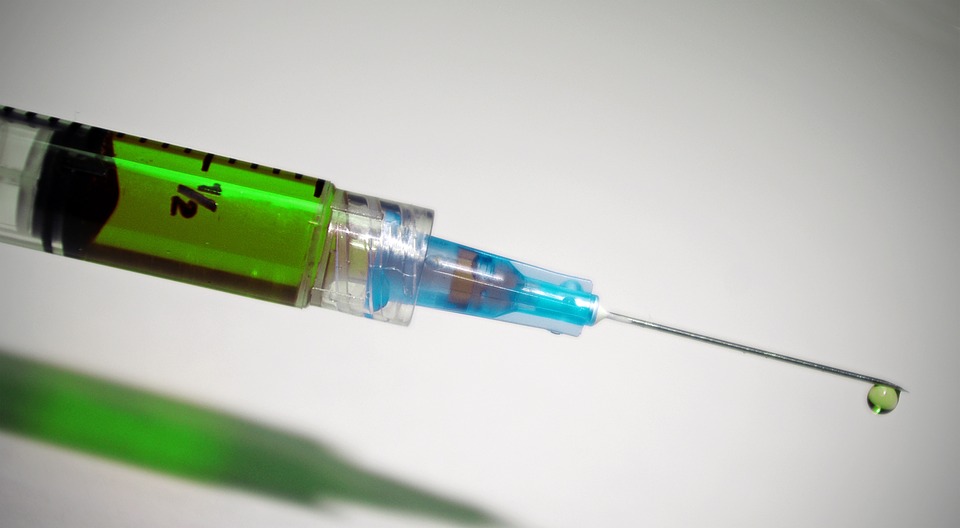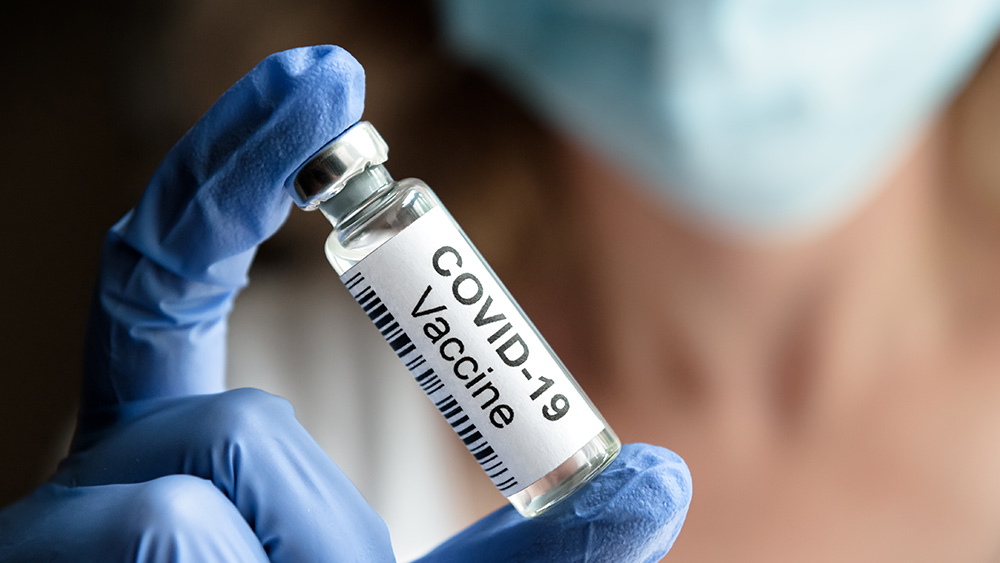Raw science actually supports Antivaxxers: vaccines utterly DESTROY cellular immunity
02/25/2016 / By Greg White

The myth that vaccines work is attributed to observations of mammals who recovered from infections with microorganisms that obtained natural immunity from future viruses. Although these observations seem to support vaccinations, raw science reveals that vaccines actually destroy cellular immunity.
T-cells are responsible for cell-mediated immunity, whereas B-cells are responsible for humoral immunity (antibodies). Whenever T- and B-cells are activated by a molecule capable of inducing an immune response known as an antigen, some of these cells become memory cells. As a result, the next time an individual is exposed to the same antigen, the immune system can destroy it quickly.
This is known as immunity, which gave birth to the belief that if a foreign antigen is injected into someone, then that person is immune from future infections of the same kind. What vaccine proponents fail to recognize is that the respiratory tract of any mammal has Immunoglobulin A (IgA), which plays an essential role in the mucous membrane or mucosa.
Understanding the reciprocal nature of B-cells and T-cells
Circumnavigating around the mucosal part of the immune system with vaccines causes damage to the immune system itself. Consequently, the immune systems fails to eliminate bacteria and viruses from the body. The virus or bacteria continues to evolve as the body is bombarded by environmental pollutants that attack the immune system. In other words, vaccines utterly destroy cellular immunity.
The way in which the immune system is corrupted can be understood when one recognizes the reciprocal relationship between B- and T-Cells. When B-cells are stimulated, T-cells are hindered, and vice versa. Vaccines trigger B-cell to secrete antibodies, thereby suppressing T-cells.
The suppression of T-cells enables cancer and other dangerous infections to develop. In actuality, vaccines don’t prevent disease. They tackle the symptoms of an illness but fail to get to the root of the problem. The organism stays trapped inside the body, where it adapts and changes to its environment.
Adjuvants in vaccines cause further immune system damage
To add fuel to the fire, adjuvants, an immunological agent that increases the antigenic response, are added to vaccines and have their own dangerous side-effects. Adjuvants like oil emulsions, mineral compounds, liposomes and squalene can trigger allergic reactions.
Furthermore, by increasing the production of antibodies, adjuvants cause antibodies to forget about other antigens that the immune system must address to maintain proper health. The excessive amount of antibody production could be responsible for a host of autoimmune diseases.
An auto-antibody is an antibody that attacks one or more of a person’s own proteins. Many autoimmune disorders, like Crohn’s disease, are caused by auto-antibodies, which in turn are triggered by adjuvants in vaccines.
Auto-antibodies can also attack the brain and spinal cord, causing a myriad of neurological problems, including sudden infant death syndrome (SIDS). If auto-antibodies attack the myelin sheath, an insulating cover that surrounds the axon of some neurons, then they will cause neurological problems depending on the affected area. Neurological conditions caused by auto-antibodies include mental retardation, Parkinson’s and Lou Gehrig’s disease, to name just a few.
In conclusion, the truth of immunity gave rise to the false belief that an individual can become immune to future infections if they are injected with a foreign antigen. Once the surface is scratched and the layers are pealed, however, vaccines can be called out for bluff based on an intense, in-depth stare. In short: vaccines are the one shot that shoot themselves in the foot.
Sources include:
Submit a correction >>
Tagged Under:
autoantibodies, autoimmune disease, Autoimmune disorders, immune cells, immune system, mental problems, vaccine adjuvants, vaccines
This article may contain statements that reflect the opinion of the author
RECENT NEWS & ARTICLES
Vaccines.News is a fact-based public education website published by Vaccines News Features, LLC.
All content copyright © 2018 by Vaccines News Features, LLC.
Contact Us with Tips or Corrections
All trademarks, registered trademarks and servicemarks mentioned on this site are the property of their respective owners.





















